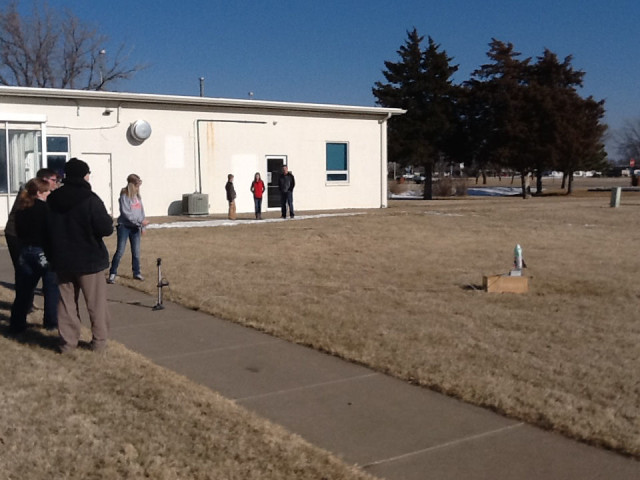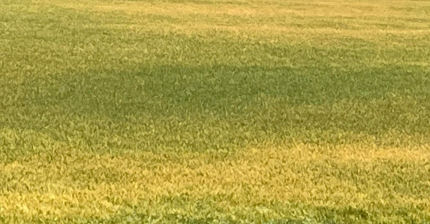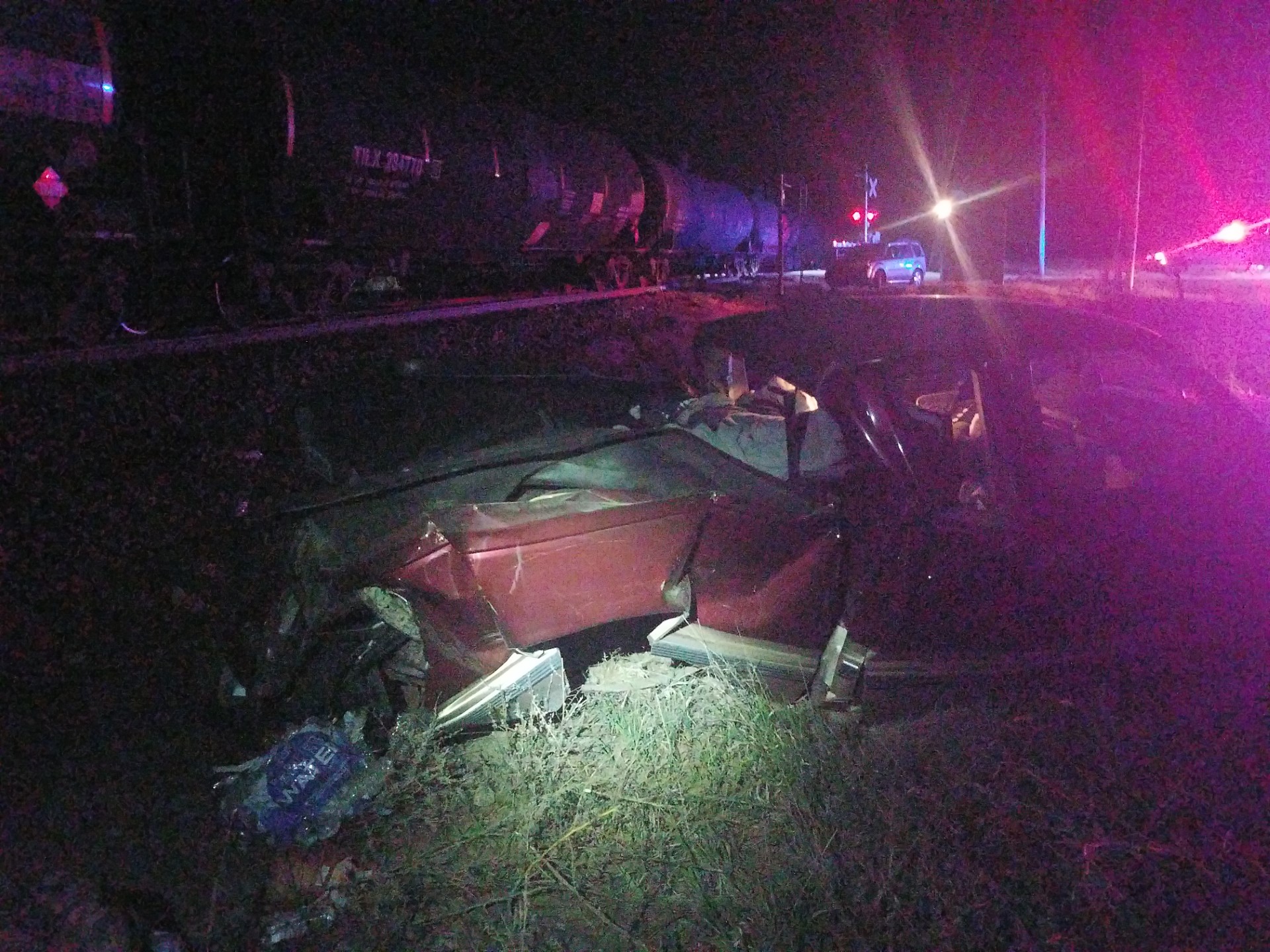Kansas State University Salina helped bring science to life on Wednesday for a group of area middle and high school students. The school hosted the Kansas Science Olympiad regional competition.
According to the school, for almost 20 years K-State Salina has welcomed the nationally recognized competition to its campus, acting as one of five regional locations in Kansas.
Science Olympiad consists of 46 events focusing on biology, physics, chemistry, earth science, technology and inquiry. Events range from supporting weight on a bridge constructed with the lightest materials possible to launching rockets made from empty plastic bottles. About one-third of the 46 categories are different from the previous year. The competition begins at 8 a.m. for the high school level and 9 a.m. for junior high participants.
One of the events, called Wright Stuff, challenges students to design and build their own rubber band-powered airplanes that were be judged on how long they flew. Don Von Bergen, director of the Salina regional Science Olympiad and head of the arts, sciences and business department at K-State Salina, says this event seems to be a favorite among the spectators and represents a growing industry in which the university has expertise.
“I’ve seen students construct planes that can stay in the air for close to three minutes, and those watching are completely fascinated by the mechanics,” Von Bergen said. “This category connects engineering with aviation, specifically unmanned aircraft, and because K-State Salina offers these programs, students will be able to learn more just by being on our campus.”
Another favorite activity was creating, and launching a rocket made from a 2 liter bottle.
Von Bergen also is a former high school Science Olympiad coach and says this type of competition is essential to a student’s growth both educationally and personally.
“Science Olympiad helps students develop and apply their creative and critical thinking skills. It also exposes them to new ideas and encourages their competitive spirit,” Von Bergen said. “And it puts the fun in science.”
An awards presentation followed the conclusion of the competition. First-, second- and third-place individuals all received a medal, while first-, second- and third-place teams were awarded get a trophy. Winners in each event are eligible for the state competition in April.



